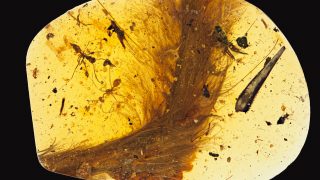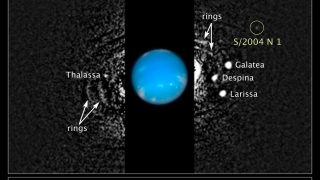
MI weekly selection #215
Protein found in bacteria can act like a prion A portion of a protein within the microbe Clostridium botulinum can act like a prion when placed into yeast or Escherichia coli. This is the first time prions, which are usually found in plants and animals, have been observed in bacteria. Nature World’s tightest knot created […]








